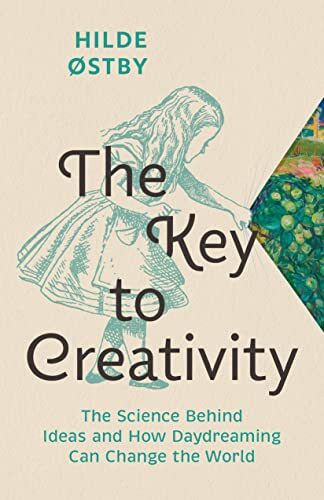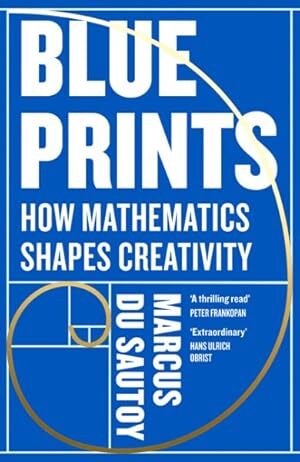Writing About Writing About Writing 34
Part 34 of an intermittent series where I read or re-read the writing books on my shelf to see if they’re worth keeping. See previous part here and Index of all books here.
Milford Science Fiction Writers have also been serialising this set of blog-posts, they’re good people, you should check them out.
It’s been five years since I started these blog posts, ostensibly to reduce the amount of writing books I own. For a while it did lead to a reduction but I buy books faster than I read them (not just writing books, all books) and the shelf is once again double-stacked and in need of a good clear out. Maybe, like the apocryphal painting of the Forth Bridge, it will be a neverending task, and once I reach the end of the shelved books, I must start again?
I also owe my friend Merlin a post about his book Want, Do, Get – hopefully I’ll get on to that soon – suffice to say, this is a screenwriting manual worth your time, and I’m embarrassed that it’s taken me so long to mention. I will do a post about it.
Due to some fairly serious life stuff, I’ve been a little absent, That’s probably not going to change any time soon. So am grabbing 5 to put together the latest post in the series while I can. Last one was July, it’s now basically October so what have I been reading?
I’ve spent the last few months reading books about creativity. I have more on the shelf but I’m going to be changing gear because I’ve entered editing mode as I have another novella to complete the edit on and ‘something else’ to get ready for publication (can you vagueblog, like vaguebook?)
The Gift

Atwood makes this sound like it’s a must-have for any writer and yet I found it a little stuffy and only very tangentially useful. I didn’t hate reading it, but it’s not one for someone looking for something immediately applicable to writing.
Creativity and Taoism

I’ve been on a bit of a Daoist kick since getting into Tai Chi and so when I saw this in a charity shop I picked it up. It’s pretty much, as you’d expect, a guide to how Chinese art has been influenced by Daoist thinking. And, as such, of only minor interest to the majority of writers. I liked it and I did invest in a couple of classic writing books from Chinese authors as recommended in this book, The Wen Fu I already had and reviewed in WAWAW 30, but bought an expanded version, with commentary which I’ll get to some time. I find it’s always worth looking outside our Western perspective on things.
The Key to Creativity

This was a nice book. The author had a bike accident (not so nice) which caused a head injury that changed her perspective on life. She muses on creativity using Alice in Wonderland as a jumping off point. She’s Norweigian and that gave the book a slightly different slant. The only issue I found was that she used examples of Norweigian artists and writers that I wasn’t at all familiar with and often whose work has not been translated to English or even made it outside of Norway. A good read though, I picked this up last time I went to the Tate in London.
Catching the Big Fish

Touted as a guide to meditation and creativity it’s pretty sparse and aphoristic. Lynch is obviously a creative others would want to emulate – this is not the book to teach you how to do that. I do have another, much thicker, book called Room to Dream by Lynch which may be though. It was a fast read and probably one I should go back and ponder more at length.
Blueprints

I have a mixed relationship with maths. At school it was my worst subject and I failed O Level maths and had to repeat it in the sixth form (showing my age here). However I feel if I’d have met Du Sautoy as a teacher things may have been different. As an aside I did go from bottom of the class to top of the class during the period my maths teacher was away on maternity leave, only to return to the bottom of the class when she returned, read into that what you will! I also asked for tuition in maths when I went to university to do a science degree and came near the top of the year at A level equivalent. And yet I still feel stupid about numbers and do not have a mathematical bent.
Anyway, back to the book – Du Sautoy proposes that if there was an equivalent to maths literature (like English lit versus English Lang) then maths would be more popular. I agree – I like reading about mathematicians and maths (and science) despite my weakness in it as a subject. In Blueprints he takes a bunch of people inspired by maths in a number of artistic disciplines – like architecture and music – and explores the interplay between maths and art. I really liked this book, but I’m not sure I’d recommend it to writers (writer who like maths are a niche audience I feel?) – it really is tangential.
And now, on to editing books – as I have a new one (Intuitive Editing by Tiffany Yates Martin) I’m going to compare it to The Last Draft which I reviewed in WAWAW 19. I’ve also got a trio of books that are of the ‘here’s a story and here’s the author talking about the story’ ilk which I’ll probably read while procrastinating about editing my own work. I’ve also edited other people’s work recently – more on that when things are announced.
Sadly, due to health reasons, I’ve stood down as editor of the BFS Horizons magazine – but hopefully I’ve left it in good order and certainly in good hands.
Drop a comment with your favourite writing book or tip here or email me via the Contact page. If you’re a publisher or Indie Author and would like me to review your writing book drop me a line!
Pete Sutton's Blog
- Pete Sutton's profile
- 14 followers



